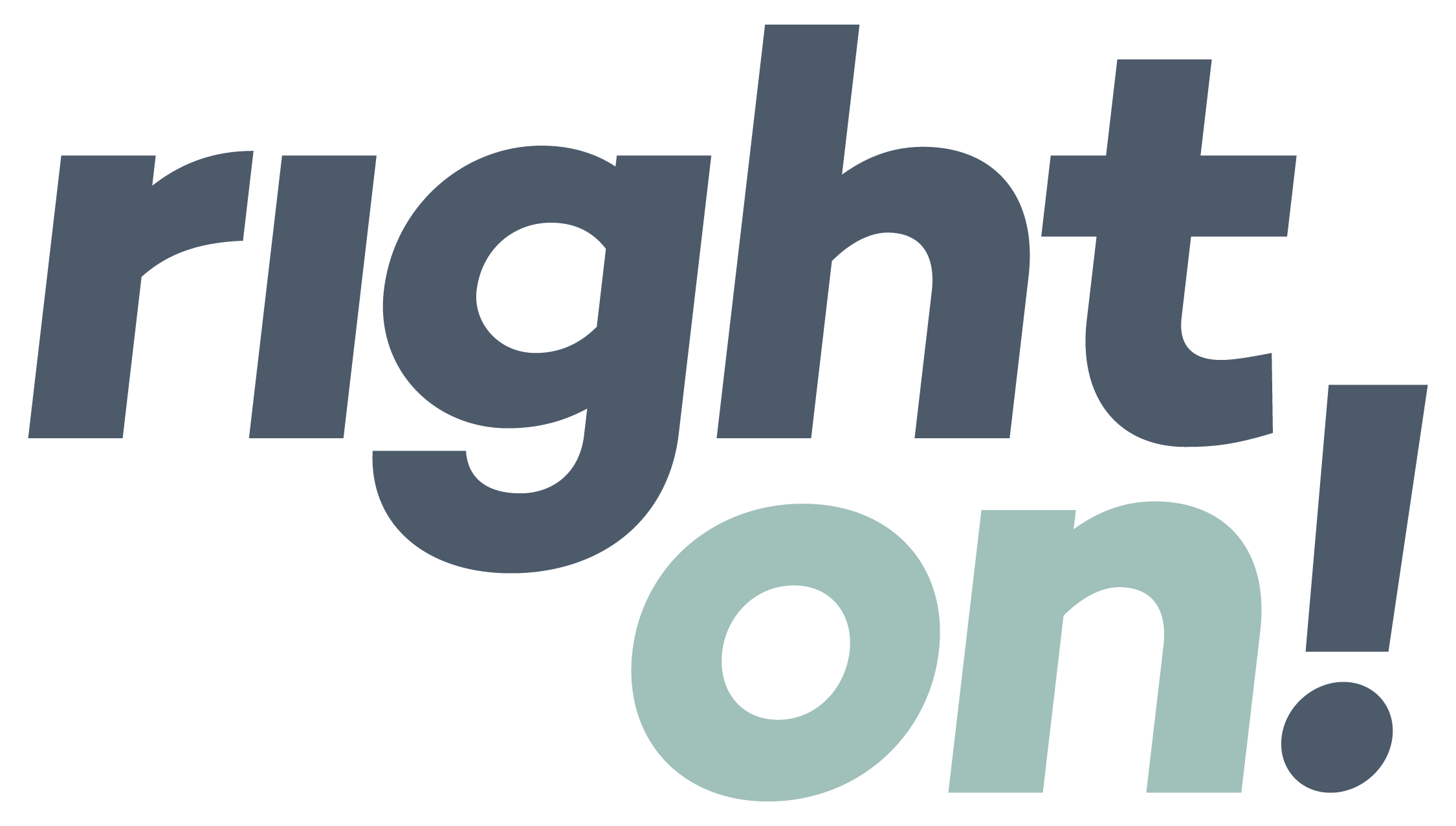
The journey from scrappy to savvy.
Back in 2013, when Farmer Brothers brought us in to work on their burgeoning sustainability program, we needed baseline energy use data for their report. There was only one problem: the company wasn’t measuring it. So the sustainability manager at the time, Molly, gathered the data herself. She spent hours in the accounting department and unearthed years of paper power bills to calculate the metrics by hand. When we talked about why, there was an undeterred spirit in her voice. It had to be done and there were no ESG platforms or tools to do it for her. The next year, when the zero-waste-to-landfill program was picking up steam, her coworker Nick spent a day digging through trash at the local landfill to understand what was ending up there, so Farmer Brothers could devise better diversion solutions. Those were the days of literally digging in and doing the work.
Thinking back, I’m blow away by how much corporate sustainability as a sector has evolved and morphed. Not just in how data is tracked, measured, and analyzed, but in how integral sustainability and ESG are to companies’ overall operations and communications. It’s work that’s proving to be an essential component of a company’s strategy—and essential to all of humanity.
With this evolution has come more frameworks, more requirements, more technology to support the work, and more companies committing to measurable impact. The desire to communicate this work and progress has grown, and we’re grateful to be on this journey with so many passionate professionals.
In over 10 years of content marketing for corporate sustainability, we’ve had clients who have been great mentors and teachers. We’ve taken on training and deep study. We’ve partnered with leaders in the space who have supported our content with program development and metric measurement. And we’ve learned some important lessons along the way.
- Being reactionary can lead you down an aimless path. Whether it’s publishing a report before you have programs and data to back it up or diving into communications without considering the goals of the piece, a strategic response beats reacting to the moment.
Over the years we’ve helped our sustainability clients get strategic and think about the why before the what. Doing the foundational work like messaging strategy and content strategy is essential to success—for a whole program or a single deliverable. - There’s no longer a single audience or single medium for sustainability content. Gone are the days of reports for analysts. As supply chain transparency and traceability is now a basic requirement for any company measuring their carbon footprint, customers and partners are vital audiences for sustainability content. After all, their sustainability behaviors and practices are part of your Scope 3 carbon data. And consumers of products and services have become more informed and concerned when it comes to a brand’s sustainability efforts.
For today’s environment, you need content expertise that will not only identify ways and places to tell your sustainability story, but also how to communicate across a range of audiences with compelling content that speaks directly to them. - Transparency needs less talking more showing. Being open and transparent isn’t just sweeping statements acknowledging challenges. It’s about pulling back the curtain all the way to reveal detail and nuance, admitting something didn’t work, and moving forward with more information and passion. It’s about committing to a new way of doing and thinking.
Storytelling is where showing shows up—in photography, video, and audio that’s woven together with honest writing that expresses vulnerability and offers up solutions. - The capacity to care exists throughout your organization. Just like Molly and Nick saw a need and acted on it, when sustainability is embedded throughout the organization, this desire to be a part of the solution is strong. For years, caring deeply rested solely on the sustainability department. As programs have become more evolved, that approach is no longer effective … not that it ever was.
The more work we do in sustainability, the more stories we hear from companies about impassioned employees, community members, and consumers stepping up in the name of sustainability. And it’s not all headline-making, sexy stuff. It’s everything from researching and implementing large-scale solar projects to implementing a bike-to-work week to forming an employee resource group to connect three people.Tapping into people’s innate desire to care is how on-the-ground sustainability work happens. And when told well, these deeply human stories have the potential to change hearts and minds. - Purpose and profit coexist when rooted in a company’s values. Every company stands for something, and that’s the genesis of any sustainability program. Building a values-based sustainability program is the first step toward a positive impact on profit. We’ve watched this happen before our very eyes (and heard leadership talk about it) as Tillamook has leaned hard into their Stewardship program while expanding as a national brand; with values leading the way.
Those values should not only be part of sustainability programs, but also the resulting communications. This is how to ensure your company’s unique voice shines through, and it’s how you forge deeper, more meaningful connections with your audiences.
For the last ten-plus years, this sustainability journey has been a wise teacher and soul-stirring source of inspiration. Looking ahead, I see corporate sustainability work becoming more critical than ever, with powerful storytelling playing a vital role. As we rally more people around brands’ greatest causes, programs, and initiatives, we have the power to make a real impact on our changing climate and improve social outcomes worldwide. It’s going to take all of us, and I’m here for it. So is Right On.
Our Most Recent Insights.
SEE ALL INSIGHTS →
Strategy
How to talk climate with conservatives.
Many conservatives care deeply about the environment. They just talk about it differently.

Storytelling
Stories of hope from Climate Week.
At Climate Week NYC, people showed up to with creative, courageous climate solutions.

Strategy
Get your sustainability initiatives funded.
How healthcare leaders win support for sustainability — and how you can, too.
